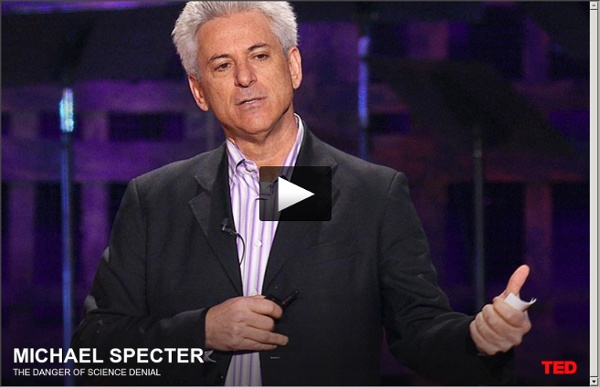Michael Specter: The danger of science denial
Richard Feynman: Physics is fun to imagine
Loading … Comment on this Talk 138 total comments In this archival footage from BBC TV, celebrated physicist Richard Feynman explains what fire, magnets, rubber bands (and more) are like at the scale of the jiggling atoms they're made of. One of the best known and most renowned scientists in history, Richard Feynman pioneered quantum mechanics. 13 Way, way out there Curated by TED Travel across the universe (or is it universes?) What to Watch Next Murray Gell-Mann: Beauty, truth and ... physics? 16:02 Posted: Dec 2007 Views 884,787 | Comments 139 What Your Friends are Watching Related Topics We want you to share our Talks! Just follow the guidelines outlined under our Creative Commons license.
Related:
Related:




hey there, i think i got some cool videos in my trees for you to add here. greetings by erniesmoove Mar 7